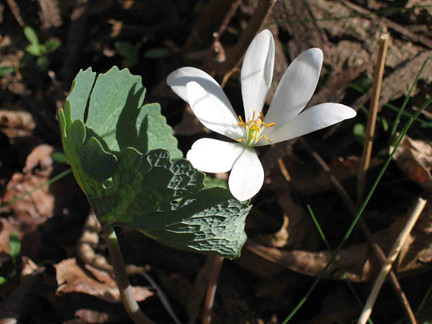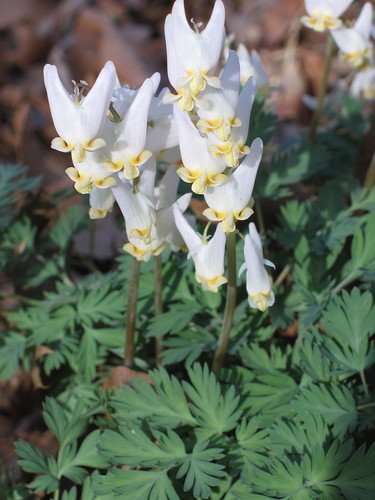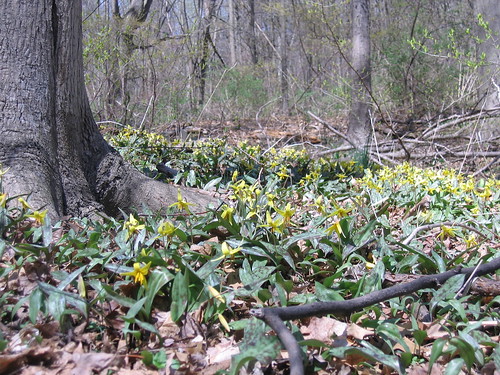Spring ephemerals

Bloodroot (Saguinaria canadensis) a NYC native spring ephemeral, in Pelham Bay Park in the Bronx Dutchman's breeches (Dicentra cucullaria), a NYC native spring ephemeral, in Pelham Bay Park in the Bronx
Dutchman's breeches (Dicentra cucullaria), a NYC native spring ephemeral, in Pelham Bay Park in the Bronx
trout lily (Erythronium americanum), another NYC native, covering the forest floor in Pelham Bay Park in the Bronx. Populations this large of the slow growing plant are many decades old.





No comments:
Post a Comment